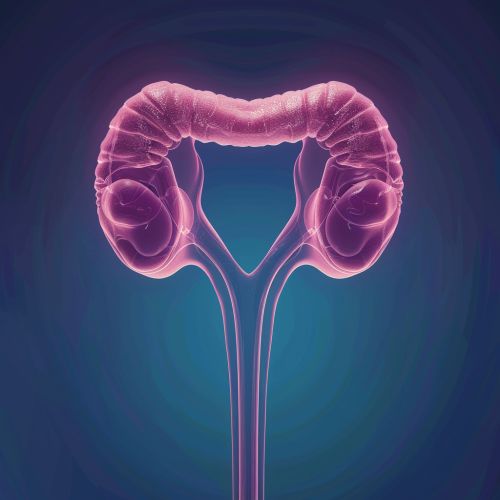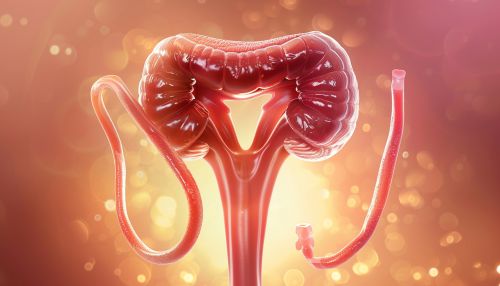Hysterectomy
Overview
A Hysterectomy is a surgical procedure that involves the removal of all or part of a woman's uterus. It is one of the most common types of surgical procedures performed on women, particularly in developed countries. The procedure can be performed for a variety of reasons, including to treat conditions such as uterine fibroids, endometriosis, uterine prolapse, and cancer of the uterus, among others.


Types of Hysterectomy
There are three main types of hysterectomy:
1. Total Hysterectomy: This is the most common type of hysterectomy. It involves the removal of the entire uterus, including the cervix. In some cases, the fallopian tubes, ovaries, and nearby lymph nodes may also be removed.
2. Subtotal or Partial Hysterectomy: In this procedure, only the upper part of the uterus is removed, leaving the cervix in place. This type of hysterectomy is less common and is usually performed when there are specific medical reasons to leave the cervix intact.
3. Radical Hysterectomy: This procedure involves the removal of the entire uterus, the tissue on both sides of the cervix (parametria), and the upper part of the vagina. A radical hysterectomy is usually performed when cancer is present.
Reasons for Hysterectomy
Hysterectomy is performed for a variety of reasons, including:
1. Uterine Fibroids: These are noncancerous growths that appear in the uterus. They can cause heavy menstrual bleeding, pelvic pain, and other symptoms. In some cases, they can also interfere with fertility.
2. Endometriosis: This is a condition in which tissue similar to the lining of the uterus grows outside of the uterus. It can cause severe pain and heavy periods, and can also interfere with fertility.
3. Uterine Prolapse: This occurs when the uterus drops from its normal position into the vagina. It can cause discomfort and urinary problems.
4. Cancer: Hysterectomy can be used to treat cancer of the uterus, cervix, or ovaries.
Procedure
The procedure for a hysterectomy can vary depending on the type of hysterectomy being performed and the reason for the surgery. However, in general, the procedure involves the following steps:
1. Anesthesia: The patient is put under general anesthesia.
2. Incision: An incision is made in the abdomen or vagina, depending on the type of hysterectomy.
3. Removal of the Uterus: The uterus is removed through the incision. In some cases, other organs may also be removed.
4. Closure: The incision is closed with stitches or surgical staples.
Risks and Complications
Like any surgical procedure, a hysterectomy carries risks and potential complications. These can include:
1. Infection: There is a risk of infection following any surgical procedure.
2. Bleeding: Heavy bleeding can occur during or after the surgery.
3. Damage to Surrounding Organs: There is a risk of damage to organs near the uterus, such as the bladder or bowel.
4. Reaction to Anesthesia: Some people may have a negative reaction to the anesthesia used during the surgery.
5. Long-Term Effects: Some women may experience long-term effects after a hysterectomy, such as changes in sexual function or early menopause if the ovaries are removed.
Recovery
Recovery from a hysterectomy can take several weeks. During this time, the patient may experience pain and discomfort, which can be managed with medication. It's also important to avoid heavy lifting and strenuous activity during the recovery period.
